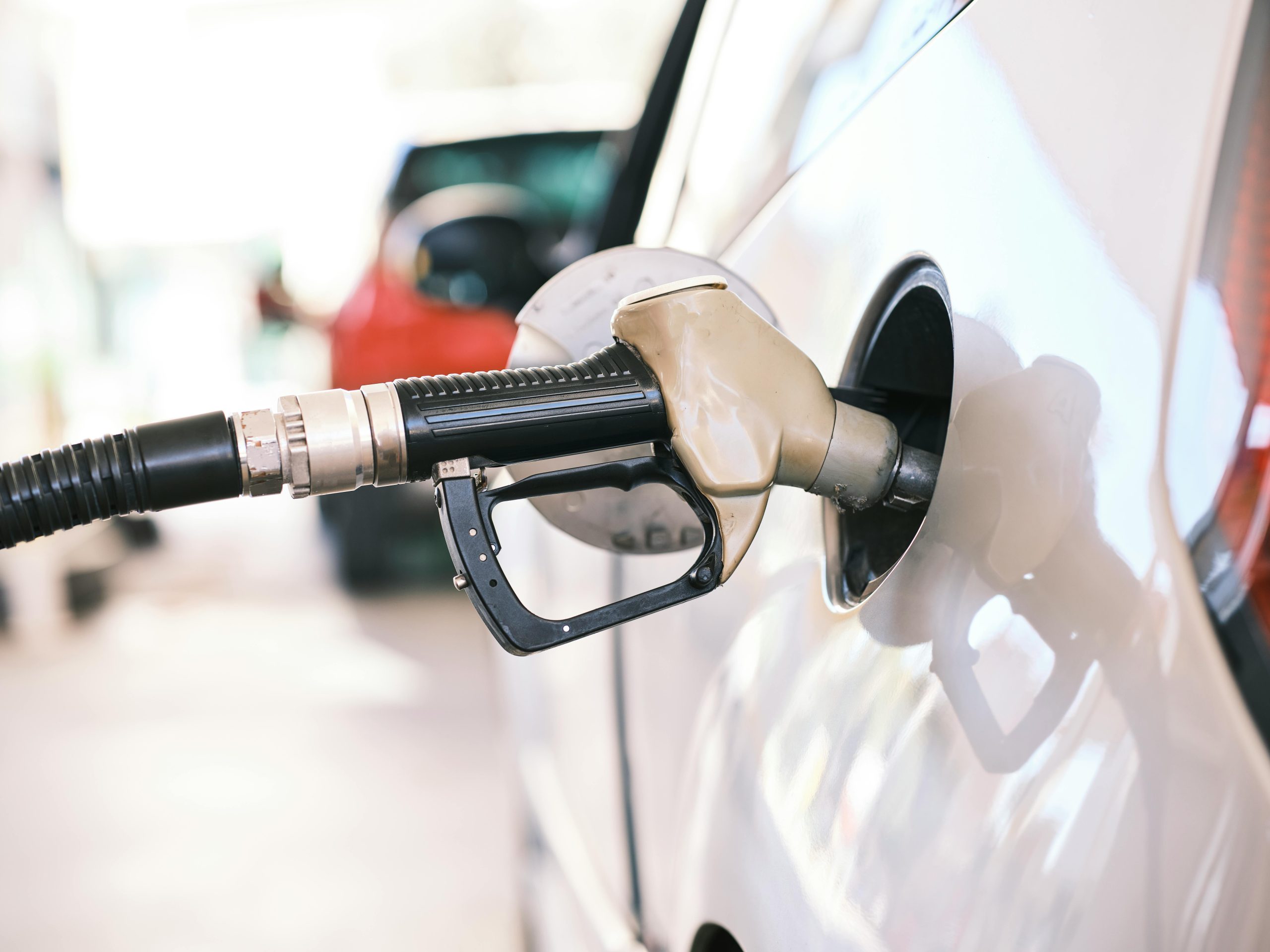
The Best Ways to Reduce Your Carbon Footprint While Driving
Driving is an essential part of modern life, but it also contributes significantly to carbon emissions and environmental degradation. With climate change becoming a pressing concern, finding ways to reduce your carbon footprint while driving is crucial. Fortunately, there are several practical strategies to make your driving habits more eco-friendly, benefiting both the environment and your wallet. This guide explores the best ways to minimize your environmental impact without compromising convenience.
1. Drive a Fuel-Efficient or Electric Vehicle
Switch to a Hybrid or Electric Vehicle (EV)
Hybrid and electric vehicles are among the most effective ways to reduce carbon emissions. EVs produce zero tailpipe emissions, while hybrids combine fuel and electric power to optimize efficiency.
- Benefits of EVs: Lower greenhouse gas emissions, reduced reliance on fossil fuels, and significant savings on fuel costs.
- Government Incentives: In Australia, incentives like rebates and tax benefits make it more affordable to purchase EVs.
Choose Fuel-Efficient Models
If switching to an EV isn’t feasible, opt for a car with high fuel efficiency. Vehicles with better mileage use less fuel and emit fewer greenhouse gases. Look for models with smaller engines, hybrid options, or diesel alternatives that consume less fuel per kilometre.
2. Maintain Your Vehicle Regularly
A well-maintained vehicle operates more efficiently, reducing fuel consumption and emissions. Key maintenance tasks include:
- Tyre Pressure: Keep tyres properly inflated to improve fuel efficiency by up to 3%.
- Regular Servicing: Ensure timely oil changes, filter replacements, and engine tune-ups.
- Wheel Alignment: Misaligned wheels increase fuel consumption and wear out tyres faster.
Impact: Proper maintenance not only reduces emissions but also extends your car’s lifespan and improves safety.
3. Drive Smarter, Not Harder
Your driving habits play a significant role in determining your vehicle’s carbon footprint. Adopt these eco-friendly techniques:
- Avoid Aggressive Driving: Sudden acceleration and braking increase fuel consumption. Drive smoothly to conserve energy.
- Use Cruise Control: Maintaining a steady speed on highways improves fuel efficiency.
- Reduce Idling: Turn off your engine if you’re stopped for more than 30 seconds. Modern cars are designed for frequent restarts without damage.
Pro Tip: Plan your routes to avoid traffic and reduce unnecessary mileage.
4. Reduce Vehicle Load
Extra weight in your car means more energy is required to move it. Lighten your load by removing unnecessary items from your vehicle. Additionally:
- Remove Roof Racks: Aerodynamic drag caused by roof racks can reduce fuel efficiency by up to 25%.
- Avoid Overloading: Carry only what’s essential for your trip to save fuel.
Impact: Reducing your vehicle’s weight translates to better mileage and fewer emissions.
5. Combine Trips and Carpool
Plan Multi-Stop Trips
Instead of making several separate trips, combine errands into one outing. Grouping tasks reduces total mileage and minimizes emissions.
Share Rides
Carpooling with friends, family, or colleagues is another effective way to cut down on emissions. Fewer cars on the road mean less traffic and pollution.
Pro Tip: Use carpooling apps like BlaBlaCar or GoCarShare to find shared ride opportunities in Australia.
6. Drive Less When Possible
Driving less is one of the simplest ways to reduce your carbon footprint. Consider these alternatives:
- Public Transport: Buses, trains, and trams are more energy-efficient than individual vehicles.
- Cycling and Walking: Ideal for short distances, these options produce zero emissions and improve personal health.
- Work from Home: Remote work reduces commuting and the associated environmental impact.
Impact: By reducing your reliance on personal vehicles, you contribute directly to lower emissions and cleaner air.
7. Opt for Renewable Fuels
Biofuels, such as ethanol and biodiesel, are renewable alternatives to traditional fossil fuels. These fuels are often blended with petrol or diesel and can reduce emissions significantly.
- Ethanol Blends: Common in Australia, E10 fuel contains 10% ethanol and is suitable for most modern vehicles.
- Biodiesel: Produced from vegetable oils or animal fats, biodiesel reduces lifecycle emissions compared to standard diesel.
Pro Tip: Check your vehicle’s compatibility with biofuels before making the switch.
8. Offset Your Emissions
If reducing your emissions isn’t enough, consider purchasing carbon offsets. Many organizations allow drivers to calculate their vehicle’s emissions and invest in renewable energy projects, reforestation, or clean water initiatives.
- Offset Platforms: Explore platforms like Greenfleet or Carbon Neutral, which offer offset programs tailored to Australian drivers.
- Benefits: Offsets help neutralize your impact while supporting environmental projects.
Why Reducing Your Carbon Footprint Matters
Transportation accounts for a significant portion of global carbon emissions, and individual drivers have a vital role in combating climate change. By adopting these strategies, you can reduce your environmental impact, save money on fuel, and promote sustainable practices. Small changes, when multiplied across millions of drivers, lead to significant progress in the fight against climate change.
| Strategy | Key Actions | Benefits |
|---|
| Switch to EV or Hybrid Vehicles | Choose fuel-efficient or electric vehicles, explore government incentives | Reduces emissions, saves on fuel costs |
| Maintain Vehicle Regularly | Inflate tyres, regular servicing, ensure wheel alignment | Improves fuel efficiency, extends vehicle lifespan |
| Adopt Smarter Driving Habits | Avoid aggressive driving, use cruise control, reduce idling | Conserves energy, reduces fuel consumption |
| Reduce Vehicle Load | Remove unnecessary weight, take off roof racks when not in use | Improves mileage, lowers emissions |
| Combine Trips and Carpool | Plan multi-stop trips, carpool with friends or colleagues | Reduces total mileage and traffic congestion |
| Drive Less or Use Alternatives | Use public transport, cycle, or walk for short distances | Eliminates emissions for short trips, improves air quality |
| Use Renewable Fuels | Opt for E10 ethanol fuel or biodiesel blends if compatible | Lowers lifecycle emissions, supports renewable energy |
| Offset Carbon Emissions | Purchase carbon offsets through platforms like Greenfleet | Neutralizes impact, supports environmental projects |
Start implementing these eco-friendly driving habits today to make a meaningful difference for the planet and future generations.



